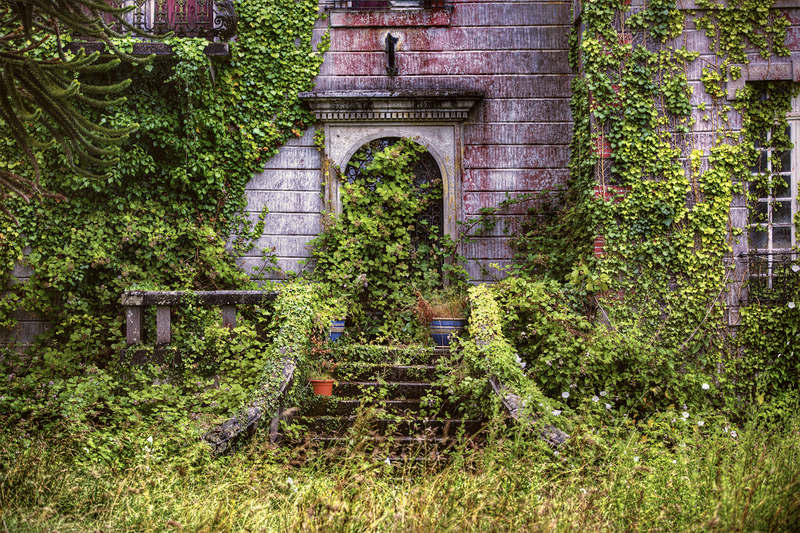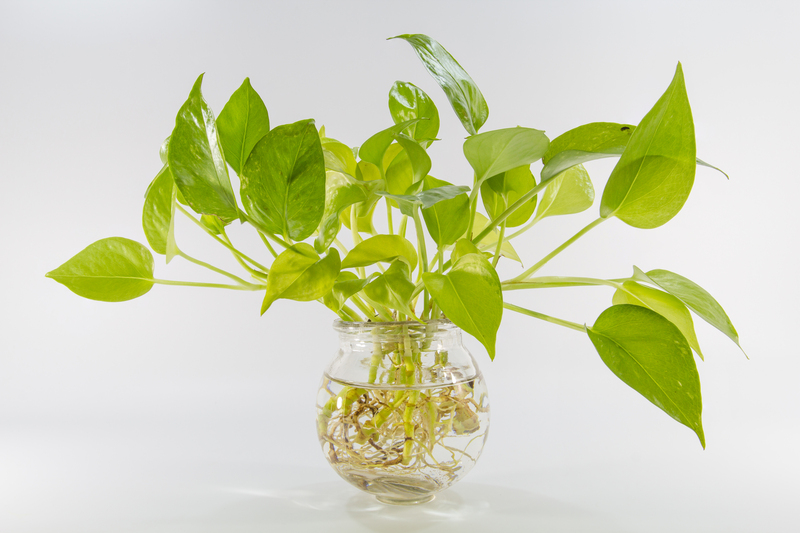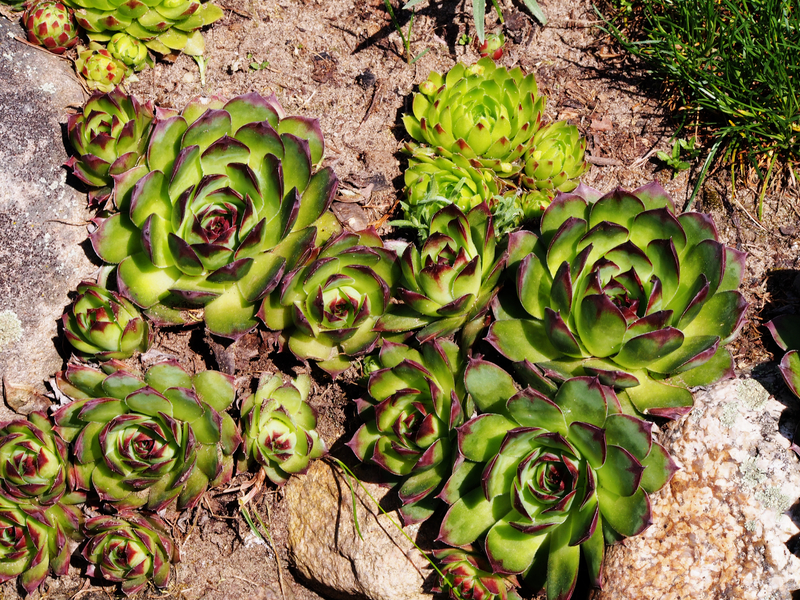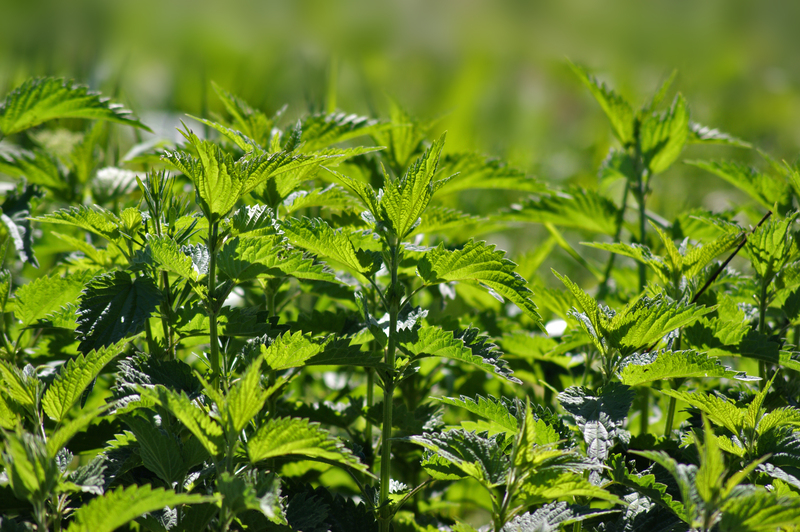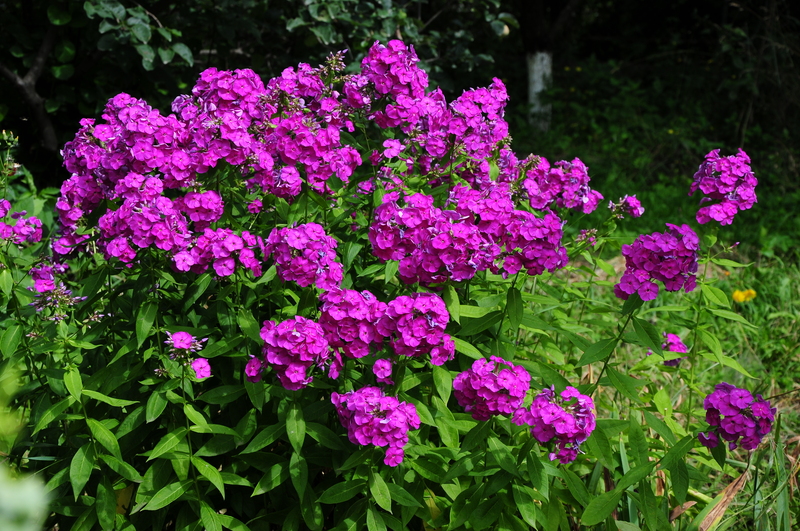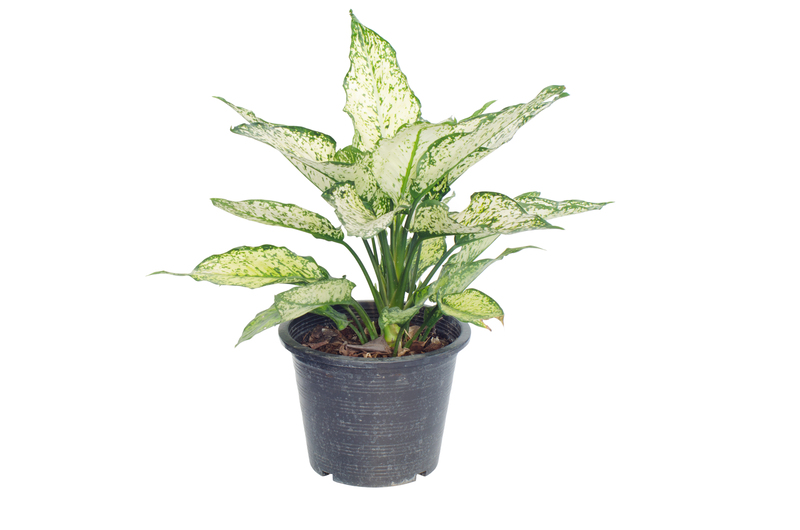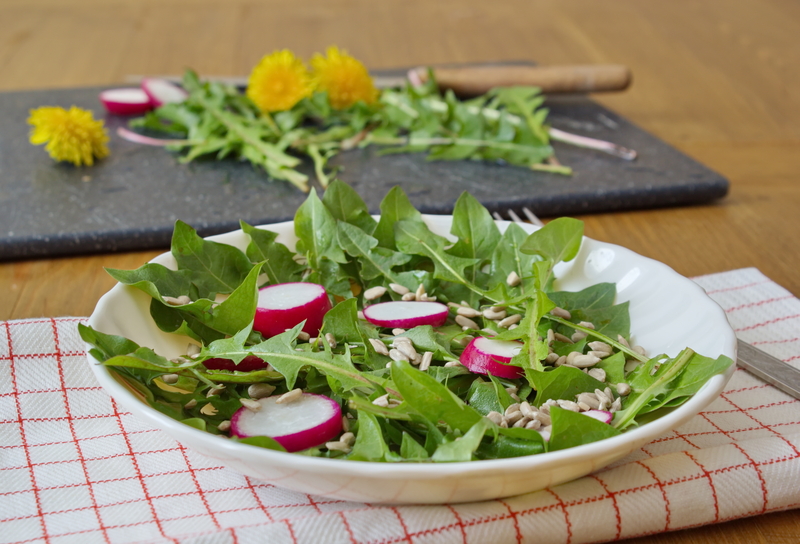The Art and Science of Gardener Gardening
 Gardener gardening is a harmonious blend of art and science, where passion meets precision. Every gardener understands that cultivating a thriving garden requires more than just planting seeds; it involves meticulous planning, understanding of plant biology, and a deep connection with nature. In this article, we delve into the essentials of gardener gardening, exploring techniques and insights that can transform your gardening experience.
Gardener gardening is a harmonious blend of art and science, where passion meets precision. Every gardener understands that cultivating a thriving garden requires more than just planting seeds; it involves meticulous planning, understanding of plant biology, and a deep connection with nature. In this article, we delve into the essentials of gardener gardening, exploring techniques and insights that can transform your gardening experience.
At the heart of gardener gardening lies the selection of appropriate plants. Choosing native species ensures that they are well-adapted to the local climate and soil conditions, reducing the need for excessive maintenance and resources. Additionally, incorporating a variety of plants can create a resilient ecosystem, attracting beneficial insects and promoting biodiversity.
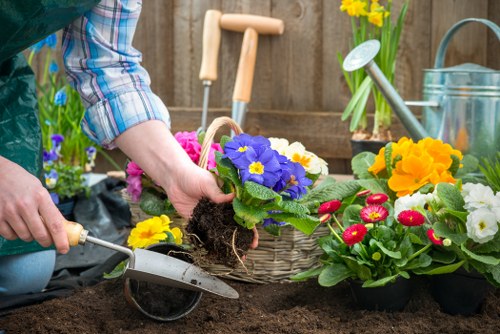 Soil health is paramount in gardener gardening. Healthy soil provides the foundation for strong plant growth, offering essential nutrients and facilitating proper water drainage. Regular soil testing and amendments, such as adding compost or organic matter, can significantly enhance soil fertility and structure.
Soil health is paramount in gardener gardening. Healthy soil provides the foundation for strong plant growth, offering essential nutrients and facilitating proper water drainage. Regular soil testing and amendments, such as adding compost or organic matter, can significantly enhance soil fertility and structure.
The role of sunlight in gardener gardening cannot be overstated. Most plants require a specific amount of sunlight to perform photosynthesis effectively. Understanding the light requirements of your chosen plants will help you position them optimally in your garden, ensuring they receive the right balance of light and shade throughout the day.
Water management is another critical aspect of gardener gardening. Overwatering can lead to root rot and other plant diseases, while underwatering can stress plants and inhibit growth. Implementing efficient irrigation systems, such as drip irrigation or soaker hoses, can provide consistent moisture levels and conserve water.
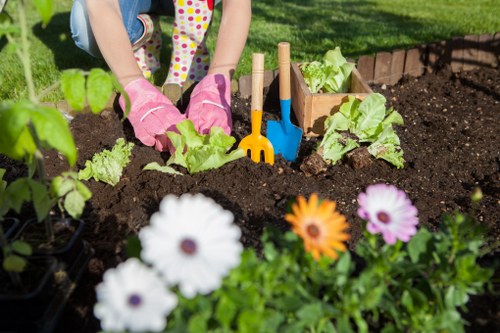 Pest control in gardener gardening involves a combination of preventive measures and targeted interventions. Encouraging natural predators, such as ladybugs and birds, can help keep pest populations in check. Additionally, using organic pesticides and implementing crop rotation can minimize the impact of pests without harming beneficial insects.
Pest control in gardener gardening involves a combination of preventive measures and targeted interventions. Encouraging natural predators, such as ladybugs and birds, can help keep pest populations in check. Additionally, using organic pesticides and implementing crop rotation can minimize the impact of pests without harming beneficial insects.
Pruning and trimming are integral to gardener gardening, promoting healthy plant growth and enhancing the aesthetic appeal of your garden. Regular pruning removes dead or diseased branches, encourages air circulation, and maintains the desired shape and size of plants.
Mulching plays a vital role in gardener gardening by conserving soil moisture, suppressing weeds, and regulating soil temperature. Organic mulches, such as straw, wood chips, or compost, not only provide these benefits but also enrich the soil as they decompose.
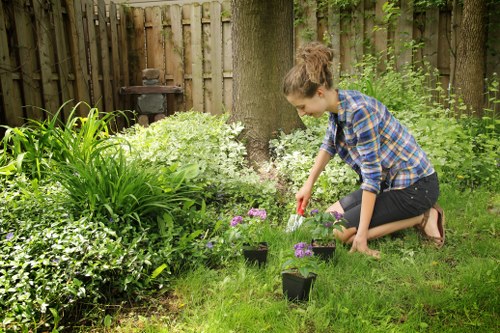 Seasonal changes significantly impact gardener gardening practices. Adapting your gardening strategies to the changing seasons ensures that your plants remain healthy and productive throughout the year. This includes preparing your garden for winter, planting summer blooms, and managing spring growth.
Seasonal changes significantly impact gardener gardening practices. Adapting your gardening strategies to the changing seasons ensures that your plants remain healthy and productive throughout the year. This includes preparing your garden for winter, planting summer blooms, and managing spring growth.
Companion planting is a strategy in gardener gardening that involves growing compatible plants together to enhance growth and deter pests. For example, planting marigolds alongside vegetables can repel harmful insects, while legumes can enrich the soil with nitrogen, benefiting neighboring plants.
Harvesting at the right time is crucial in gardener gardening. Picking fruits and vegetables at their peak ripeness ensures maximum flavor and nutritional value. It also encourages plants to continue producing throughout the growing season.
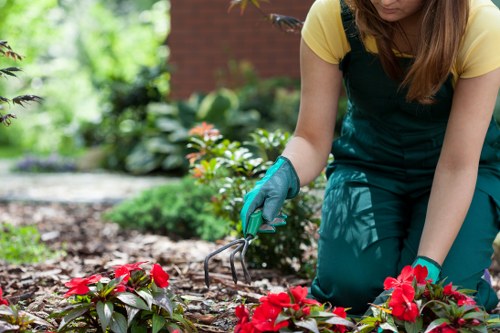 Sustainable practices are at the core of gardener gardening, emphasizing eco-friendly techniques that minimize environmental impact. This includes using organic fertilizers, conserving water, and promoting biodiversity to create a balanced and thriving garden ecosystem.
Sustainable practices are at the core of gardener gardening, emphasizing eco-friendly techniques that minimize environmental impact. This includes using organic fertilizers, conserving water, and promoting biodiversity to create a balanced and thriving garden ecosystem.



